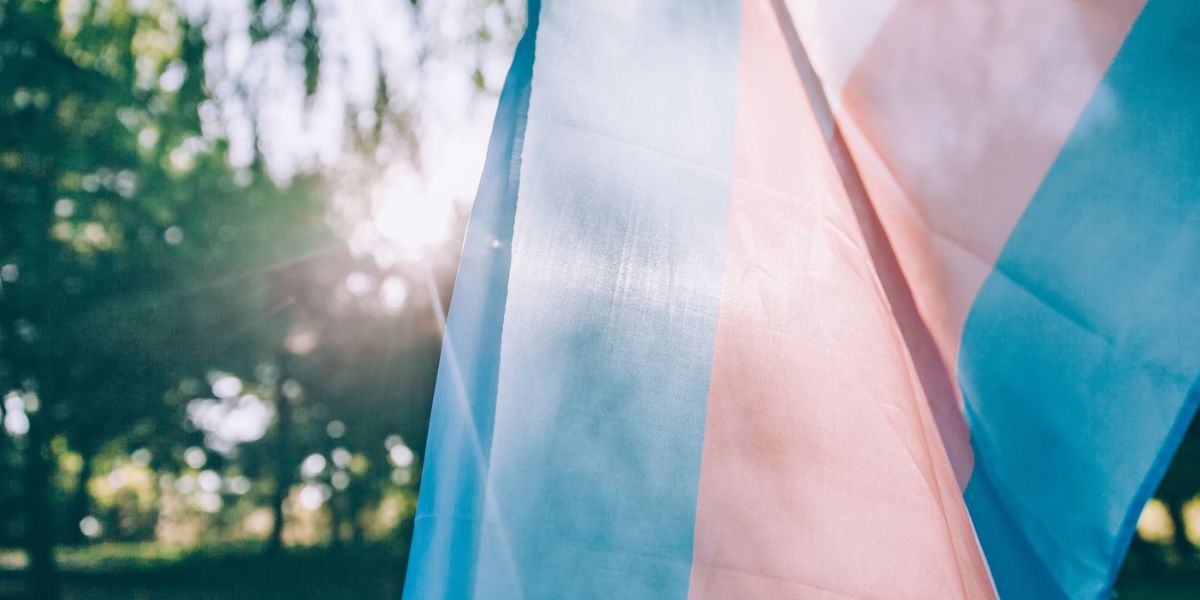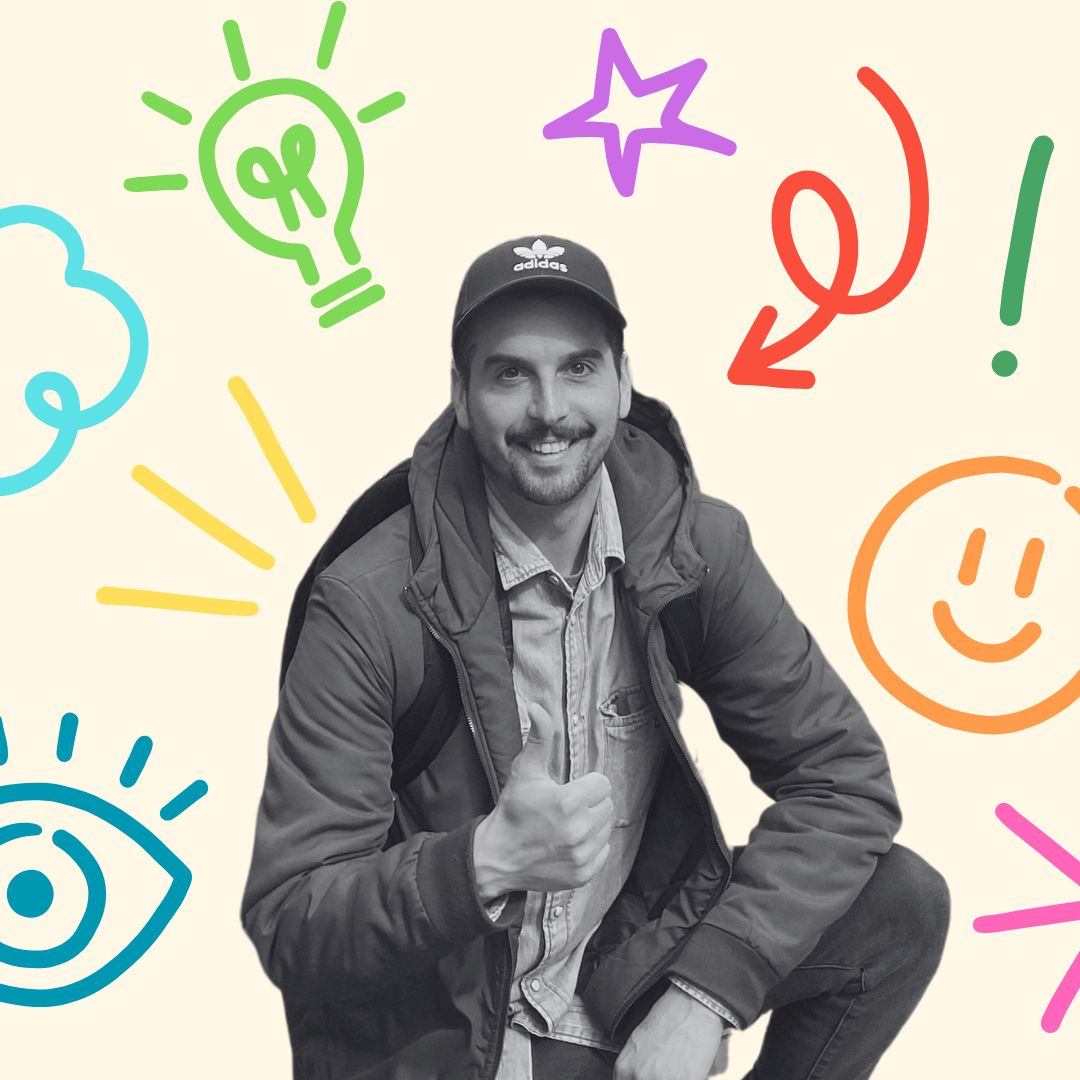While we were busy pursuing our mission to make marketing better, were we being conscientious about inclusivity? We’ve worked hard to represent women, LGBT+ individuals and people of colour, but we had overlooked those with disabilities.
We want accessibility to be a priority for everyone that we work for and with, and we hope you want that too. In fact, since 22% of Canadians are affected by a disability, it’s also a necessary step for businesses to ensure they don’t leave almost a quarter of Canadians behind.
Bring up accessibility.
Build accessibility into our processes.
Advocate for accessibility—always.
Shifting the focus towards prioritizing accessibility in marketing can be challenging, and even overwhelming. But working with people who have experience living with a disability, ensures that you’re getting the best advice possible to start making authentic changes within your organization.
Unfortunately, accessibility is not top-of-mind for many companies and marketers, even those with the best of intentions. After a demonstration of the difficulties people with disabilities face, with something as commonplace as navigating a website, it became clear just how frustrating and limiting communication can be when accessibility is treated as an afterthought.
Accessibility means much more than changes to contrast and font size—it requires changing your entire mindset.
As marketers, we carry the power of influence and the responsibility of representation. Are we representing what is easy and convenient—what’s become familiar through sheer repetition? Or are we representing a different future—one with a wider variety of faces and voices, reflecting the diversity of our modern world? If we want to make marketing better, we need to ensure that we are inclusive to, and properly representing people with, disabilities.
There’s No One-Size-Fits All Solution
At this point, it may be tempting to ask for a checklist of accessibility dos and don’ts. We can’t give you one. There are more unique types of people and ranges of abilities in the world than there are cats on the internet. There will never be one unchanging checklist that covers everyone’s needs. Rather than just ticking the accessibility design box in our service offering, we want to drive inclusive thinking deep into the zeitgeist of ourselves and our clients.
We want to train ourselves to always ask, “Who is this piece leaving behind? What can we change to include them?”
A WCAG 2.1 AA compliant website is only one result of that line of questioning. A photoshoot casting session that includes people with disabilities is another. Adding these inquiries to your process might cost you a little more time or budget. It might require some modifications or take some tough conversations. It could be uncomfortable. But it’s necessary. If inclusion is part of your mission as an organization or your values as a marketer (and it should be), then you need to push for change. If you think it’s difficult to be inclusive, imagine how difficult it is to be excluded.





